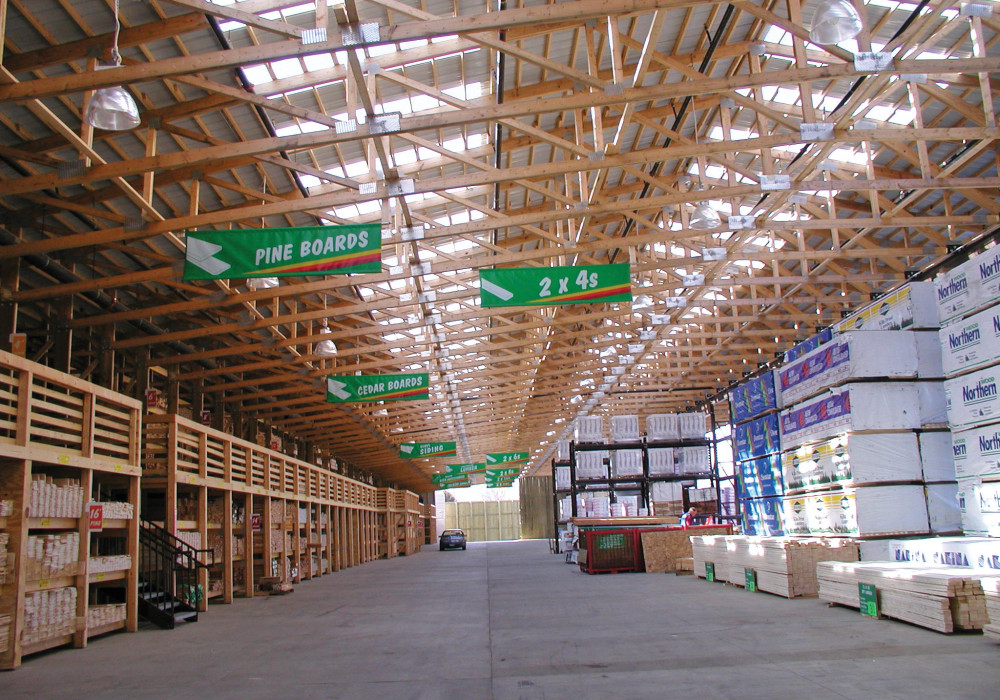An uninformed choice at the design stage may result in a less than satisfactory lighting performance for building owners and tenants alike, leading to higher maintenance costs and deteriorating working conditions. The amount of natural light entering the building may begin to diminish quite quickly, often only a few years after building completion.
So what is 'daylighting'?
Daylighting is the use of glazing to allow natural light into spaces, often replacing or reducing the use of artificial light. Daylighting saves energy – introducing natural light into the building means artificial lighting can be turned off or minimised, which can greatly reduce the cooling load (two of the highest energy uses in a building are lighting and HVAC).
Natural daylight can also create positive changes in people. Humans operate under a circadian rhythm, our 'inner clock'. The introduction of daylight is one of the most important factors in keeping this process in line. When the circadian rhythm is upset due to lack of daylight, this can contribute to a multitude of problems including hormonal imbalances, sleep disorders, and mood disturbances. Research demonstrates a clear correlation between classrooms with good natural light and improved student performance, and even attendance. With natural light, children concentrate better, are more focused and less easily distracted. Similarly, daylight is attributed to preventing Seasonal Affective Disorder (SAD) and even Sick Building Syndrome (SBS). Happy humans are more productive whether that means shopping for longer and buying more items in a retail facility or by producing more widgets at the factory. Daylight motivates people to do more.
The Use of GRP (Glass Reinforced Plastic)
Typically in New Zealand, the commonly specified materials for roof lights are GRP (Glass Reinforced Plastic) and to a lesser degree glass. Glass has admirable qualities in terms of light transmission and longevity, but can be heavy, very expensive to support structurally and doesn’t bend well during earthquakes. GRP is lighter and easier to install, but its ability to transmit light may start to deteriorate dramatically as early as three years after the product has been installed. Although these roof lights may perform very well structurally, their ability to provide their primary function of daylighting will have reduced greatly. Suntuf Polycarbonate has a history of use in New Zealand's unforgiving environmental conditions for over 25 years, and its ability to provide long-term light transmission is well documented.
The options for industrial daylighting solutions are looking brighter with the arrival of PSP’s new Suntuf Industrial FR Polycarbonate. This heavy duty product can be easily installed into existing or new roofing structures, with an unlimited 25-year warranty on light transmission, ensuring that the benefits of daylighting will be enjoyed by the building owners and occupants for many years to come.
In line with New Zealand's stringent new fire code, Suntuf Industrial FR has achieved a Group 1S rating, so can be utilised in most rooflight or sidelight applications.
Suntuf Industrial FR will withstand punishing exterior applications while providing up to 20 times greater impact resistance than many GRP alternatives. The unique material composition of the sheet allows 100% diffusion of light particles, resulting in no glare and shadows, yet allowing an outstanding 85% light transmission into the building interior.






























 Most Popular
Most Popular Popular Products
Popular Products



